|
Speak to anyone who sews, and they will let you know that all the steps leading up to sewing take longer than the actual sewing itself. These steps can include pattern drafting, fabric preparation, pattern placement, pinning, cutting and marking. In this post I will focus on two steps in which you can easily improve your skills. These include pinning and cutting fabric. Other areas will be covered in future posts. PinningPinning well will ensure the fabric cut out, looks like the pattern. Here is how I approach pin placement. Cutting Fabric Lets use the table to our advantage. Keep the bottom blade of your fabric shears always sitting on the table. This will give each cut a stable feel. The only time I will ever lift up the fabric shears from the table, is if I am cutting out a small pattern the size of my hand.  If you are right handed cut with the pattern to the right of your shears and the fabric to the left. Reverse if you are left handed. You will notice a cleaner cut that resembles your pattern. WOOT! Hope you have enjoyed these few pinning and cutting techniques that will make your a better sewer. If you have any questions feel free to leave them below.
Happy Sewing! Photographed and written by Sheila Wong Studios
1 Comment
Corners in sewing are tricky, they can look clean and professional if you put the effort into them. Here is a step by step sewing tutorial on how to sew a mitered corner. A mitered corner can be sewn in a variety of areas in a garment. Commonly seen at the hem intersecting with the center front opening of a garment or perhaps at the hem at the back opening vent. Step 1On the right side of your garment, mark your hem seam allowance or your fold in line. It is OK if the two are not the exact same measurement. Most likely your hem is larger in measurement. Please refer to your pattern for hem seam allowance. In this example, I am using 1". Step 2Press your marked hem seam allowance back, one at a time. Once pressed, you will get an intersecting point or what will become the corner of the garment. Step 3Right sides of fabric facing each other, line up pressed lines as shown below. Pin pressed lines in place, and mark where the intersecting point is exactly. Step 4With an L ruler or anything that will give you a right angle, line up 90 degree corner to intersecting point as shown below and mark sew line. Step 5Sew marked line at 1.5 stitch length. Ensure you sew all the way to the intersection point exactly. Step 6Trim seam allowance down to 1/8". Step 7Flip corner inside-out and poke corner until it looks as close to a right angle as possible. If it is looking bulky, go back and trim off more seam allowance from step 6. To create a super clean look to easy fray fabric, finish the raw edges prior to completing any of these steps. An easy way to finish the raw edges would be to serge. Happy Sewing! Photographed and written by Sheila Wong Studios My latest design is a structured crop top made from a Cotton blend fabric. The inspiration really originated from the fabric, as most of my designs do. I wanted to maintain clean straight lines. With only one curve in the pattern at the neckline, as required. I wanted to give you an inside view into my design process, so I have documented with photos along the way. Materials cost approximately $15 and 0.9M of fabric was used. The total process took a total of 9.5 hours, over the span of 2 weeks, from conceptualization to completion of construction. Concept & Inspiration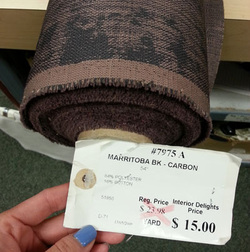 I was shopping in the interior fabrics section at Fabricana, when this print caught my eye. Here is a lesson for you, do not ignore the interior fabrics just because it was originally designed to be used for home decor projects. Some of my favorite designs are made from "interior" fabrics. At the time of purchase, I had no clue what I would design from it yet, but knew it had to be structured due to the stiffness of the fabric. Almost a year later....here we are. DrapingThis crop top called for draping as I wanted the raglan sleeve seams to hit certain spots and I wanted a side panel in the design. You will notice I left ample seam allowance to create my first muslin. Fit Sample (Muslin) #1Based on my draped pieces prior, I sewed them together and turned in the hems to get a real feel to what the top would look like. I had to make a few adjustments by marking the muslin with chalk. I dropped the armhole by 1/2" to give room for movement. Did not want to walk like a robot. I also re-curved the hem to make up for the bust lifting up the hem. Pattern Drafting From the draping and fitting, I created 2D paper pattern pieces reflecting the fabric pieces. Fit Sample (Muslin) #2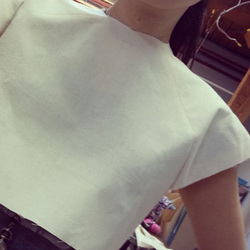 A second muslin was created from the paper patterns to make sure the adjustments sat correctly. I decided to try this on since I will be wearing the final design. As you can tell from the photo, the neckline was a tad tight, so I marked that appropriately. Final Pattern Drafting Once I was happy with the neckline correction, I finalized all the pattern pieces with seam allowances, grain-lines, titles and notches. Cut out Fabric Paper pattern pieces down, pin and cut. 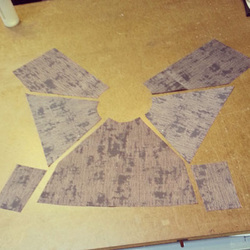 Prepping for the garment sewing stage, I had to show you what this top looks like all lined up. Garment ConstructionThe sleeves are a combination of a raglan and cap sleeve. I wanted to stay away from an inset sleeve to create the sleeve hem flare. The most challenging part sewing this top would be where all the seams collide under the armhole at the corners of the side panel. Eight seam allowances converging at one point, four from the exterior and four from the lining. In this situation it is important to mark the exact point that all should converge, so you don't sew over. Patience was key here. This top is fully lined with the same fabric as the exterior. This means I have to make two tops first, then bring them together. Because of all the style lines and seams, it is fairly important that I pressed open each seam along the way prior to bringing the exterior and lining tops together. A fully lined garment means no raw or exposed fabric edges are visible. A small opening is left un-sewn at the hem to flip garment right side out. Hand sew a slip stitch to close up opening. After a good final press, I hand sewed a hook and eye to the top center back. I wanted to maintain an airy feel to the design but not have it fall off, so only one hook and eye was required.
For those curious and not familiar with the design process, all the step leading up to construction usually take longer than the actual garment sewing. In this case, it was approximately 30% sewing to 70% pattern creation and prep. Wondering what I will wear this top with? Check out my Instagram feed. Happy Sewing! Designed, photographed and written by Sheila Wong Studios If you know me, you know skirts are truly a staple in my closet. In this post, get to know the proper terminology for some of the most fashionable skirts out there. A skirt can also refer to the bottom half (skirt) portion of a dress, not just necessarily a separate skirt. A-Line Skirt This is a full skirt, but not created with gathers or pleats. Each pattern piece is drafted by flaring out from waist to hem to create the full, A-Line look. Modern version of an A-Line skirt is being called a skater skirt right now. Note also the "A" shape it creates on the model. Temperley London 2013 retrieved from NY Mag. Tea Length Skirt I included this skirt solely for the length. Think of fancy ladies who go for high tea, or aka "ladies who lunch". These ladies would often be seen in a Tea Length Skirt. The hem sits at the mid calf region. This is a beautiful length, creeping back into our closets...cross my fingers. Temperley London 2013 retrieved from NY Mag. Tiered Skirt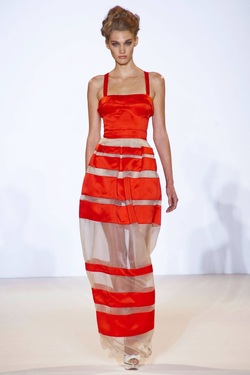 Similar in appearance to the layered skirt (below) some may say, but there is one major factor that sets the two apart. In the tiered skirt, each horizontal panel of fabric is sewn together to create a seam that makes up a skirt. While, in the layered skirt, each horizontal panel is actually a separate detached piece. Think of a peasant skirt from the 90's, I know you had one. Temperley London 2013 retrieved from NY Mag. Layered Skirt Briefly mentioned this one above, as its similar in appearance to a Tiered Skirt. A Layered Skirt has layers that are separate and distinct, hence creating layers. I think of several skirts on top of each other. BCBG is really into the layered skirt design. Alice + Olivia Spring 2014 retrieved from NY Mag. Car-wash Skirt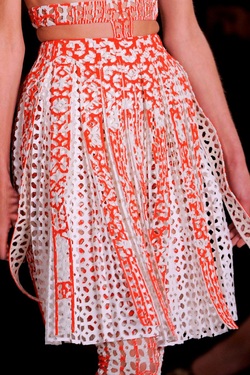 Dont confuse this with fringe from the 1920's flapper era. Car-wash strands are larger and wider. The Alexander McQueen example is fantastic in showing the width and repetition of strands you would find in a car wash. This one is extremely exciting to wear, swish...swish! Alexander McQueen Spring 2014 retrieved from NY Mag. Happy Sewing!
Written by Sheila Wong Studios This tutorial is inspired by my client Connie who made a traditional stocking for her grand daughter. We created beautiful felt poinsettia's to be hand sewn onto the front of a stocking. Now, I will admit I had no clue what a poinsettia was, but they are big during the holiday season. I was so inspired, that I started to think where else could these fabric poinsettia's be placed. Thought of decoration around the house, tree ornaments, brooches and even extra décor on gifts. Materials
Step 1 Create a pattern or download free patterns online. I found mine HERE on First Palette. Cut out your paper pattern. Step 2Pin and cut out your poinsettia felt layers. Step 3 Position 3 layers of felt to create a flower, and pin in place. Step 4 Thread up a hand sewing needle. Prior to sewing beads, secure the 3 layers of your flower with a few stitches going top to bottom in the center 3-4 times. Sew as many beads as you like, keeping beads centered in the poinsettia. Finish and tie a knot in the back. Step 5 Now you can decide how you will use your poinsettia. Hand sew a ribbon to the back if you are making it into a decoration. I'm making my poinsettia into a brooch. First hand sew the brooch back to the back of flower. Next, cut out a small piece of felt and hand sew felt down around the circle. Happy Sewing!
Photographed and written by Sheila Wong Studios |
Archives
November 2022
|
Copyright © 2024 Sheila Wong Fashion Design Studio Ltd. All rights reserved.

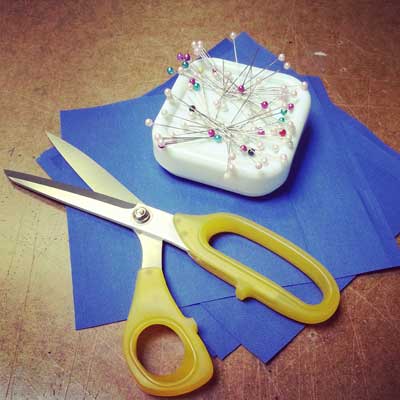




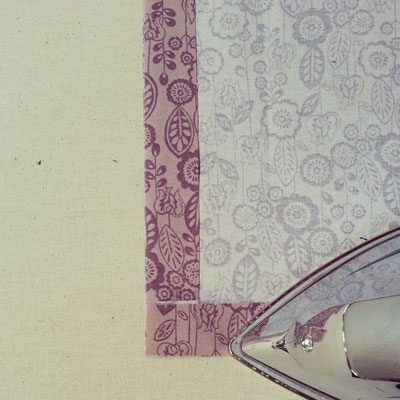

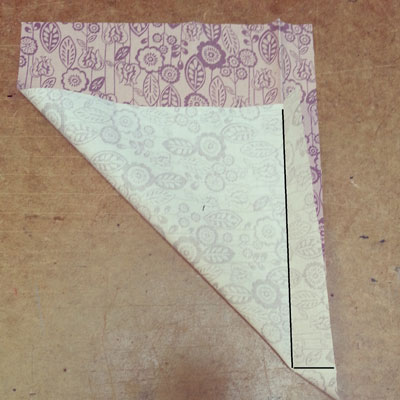

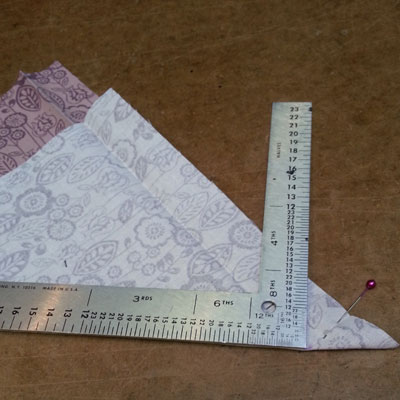
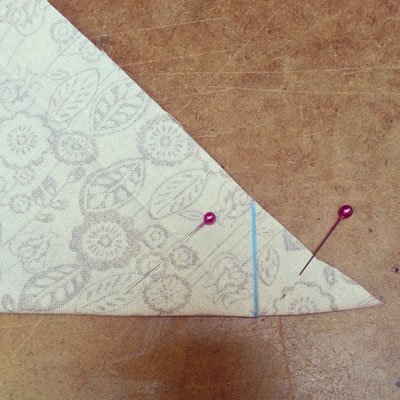




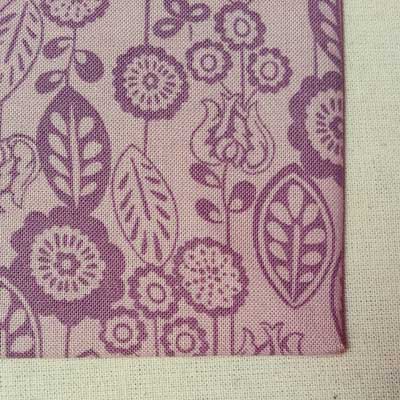
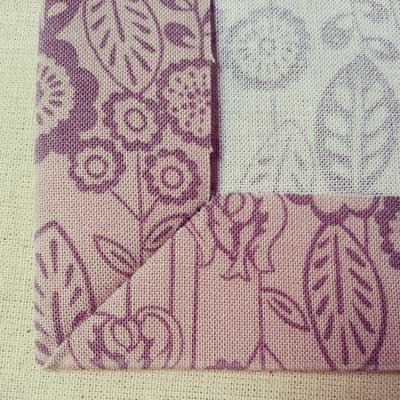

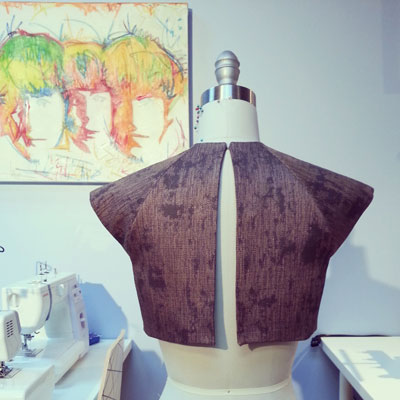

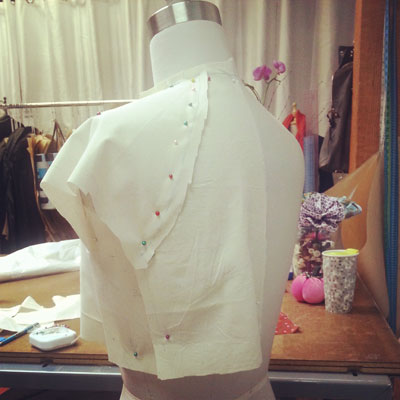

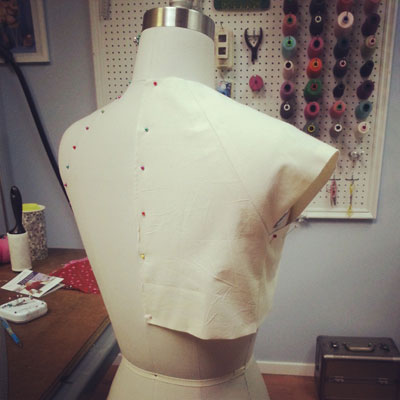



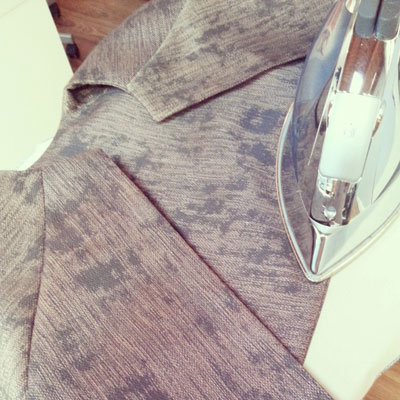


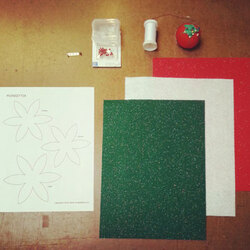
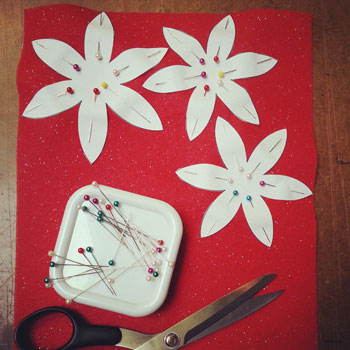
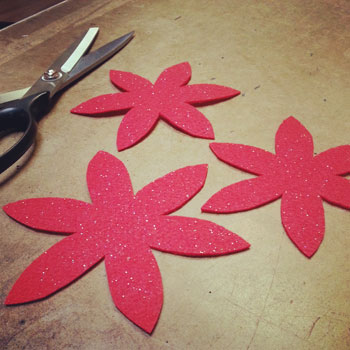
 RSS Feed
RSS Feed
